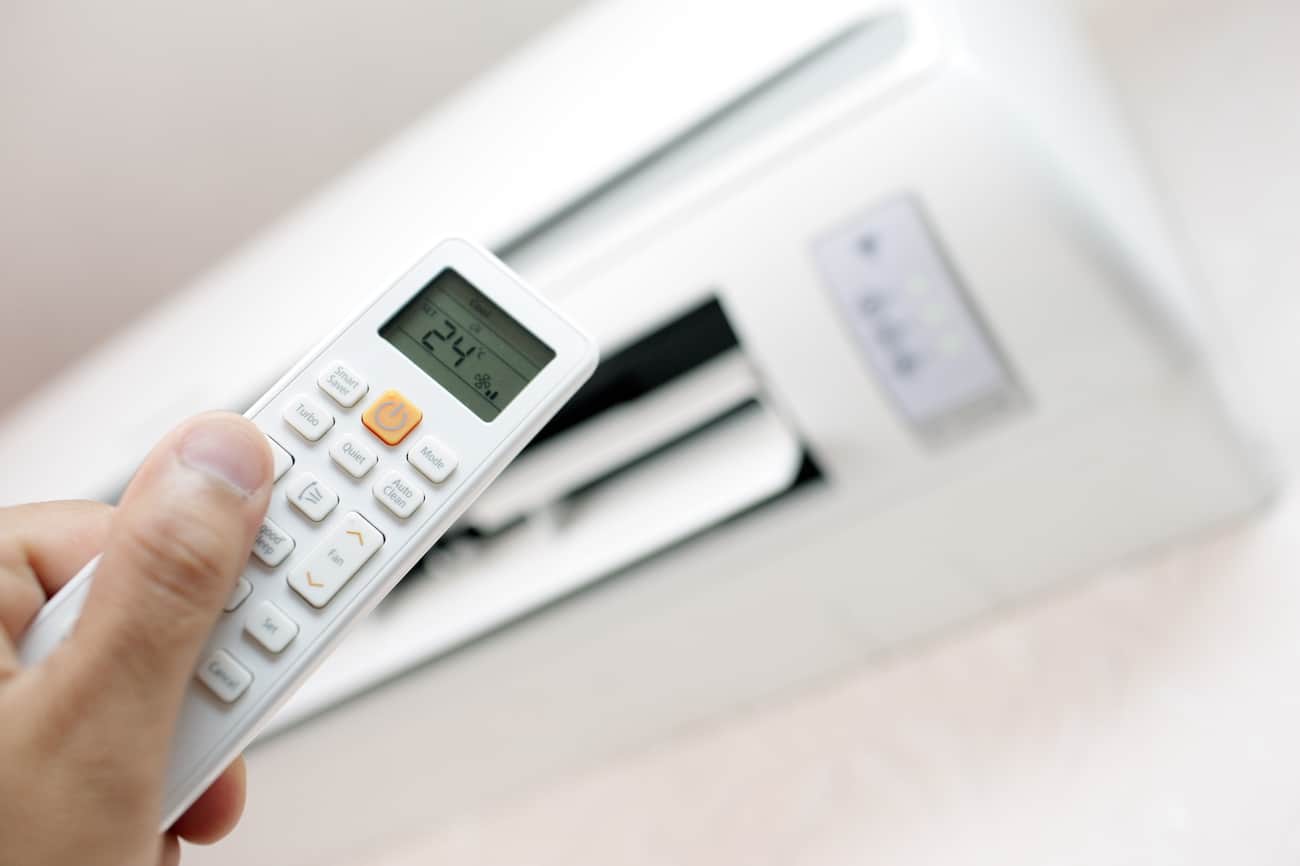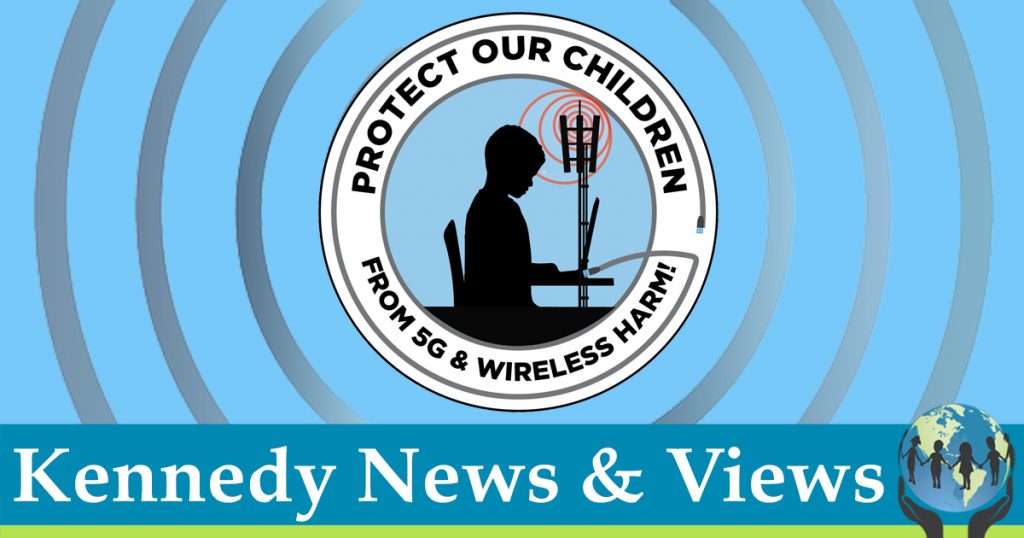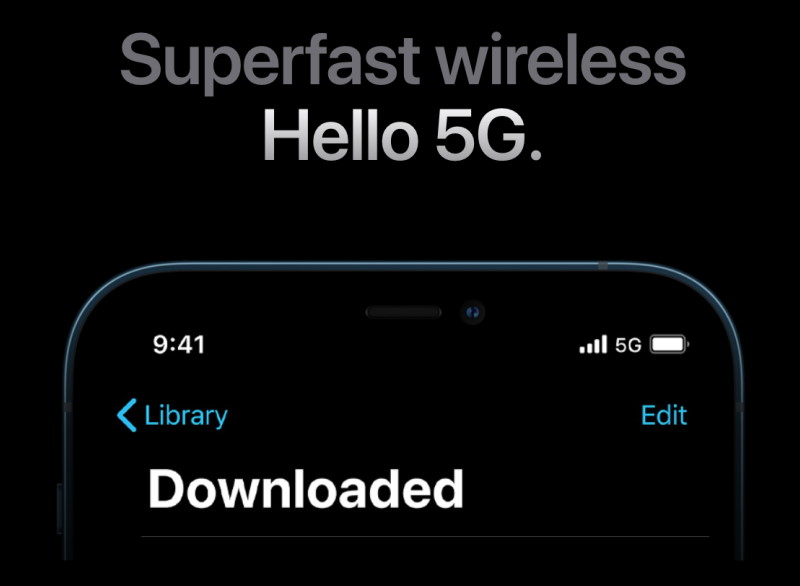Yes, so unless you were sitting within one foot of the fan, I'm not so sure it had anything to do with your symptoms. I'm a big advocate of EMF safety, but I also like to make sure the right culprit is blamed for issues. Fans can emit large electric and magnetic fields, but like the article stated they fall of sharply with just a little bit of distance."Do Fans Emit EMF Radiation?
The simple answer is that yes, electric fans do emit some EMF radiation. In fact, fans, especially modern tower fans, actually emit a surprising amount of electric field radiation, more than I would have imagined.
In fact, I just measured a tower fan, and at very close distances, it was almost maxing out the electric field readings on my Trifield TF2.
However, distance is the important factor to consider here. Although fans do actually emit a fairly large amount of EMF radiation when they are operating, it falls off very quickly with distance."

EMF Radiation From Air Conditioners – Essential Guide
Most modern homes today have some form of air conditioning or cooling units. In locations with warmer climates and hot summers, they are nearly a necessity. But not many peopleemfacademy.com
RF is what can go the distance, and unless a fan has a radio emitter like a router, it wouldn't inflict damage at a distance.
It more likely that wind caused your symptoms. Even an open window with wind blowing can cause it. When one area of the body gets wind blowing on it constantly (im not going to pretend I know why, temperature regulation maybe?) it gets sore. Try having a fan blow air at your head for 30 minutes. You'll have a headache almost guaranteed.




